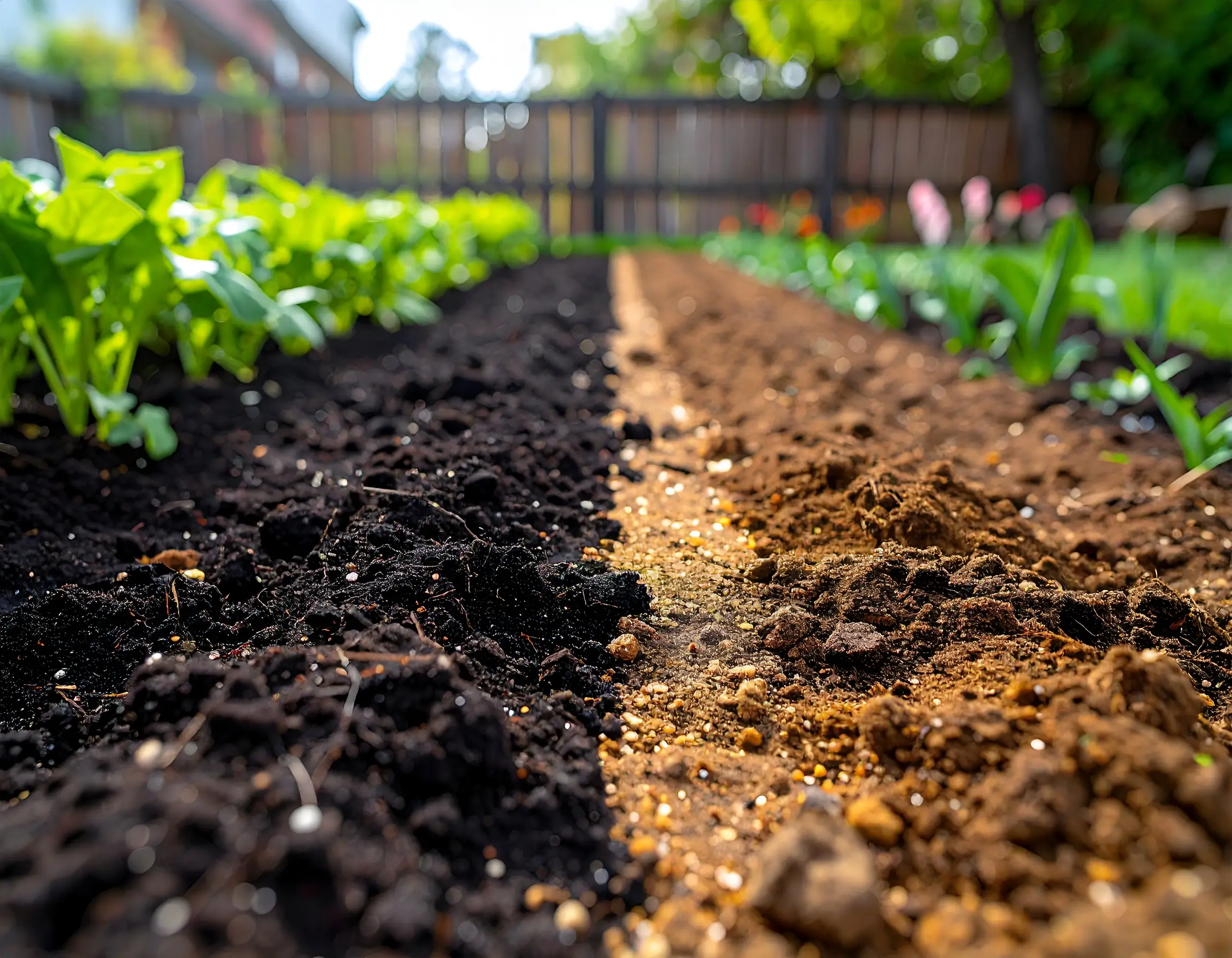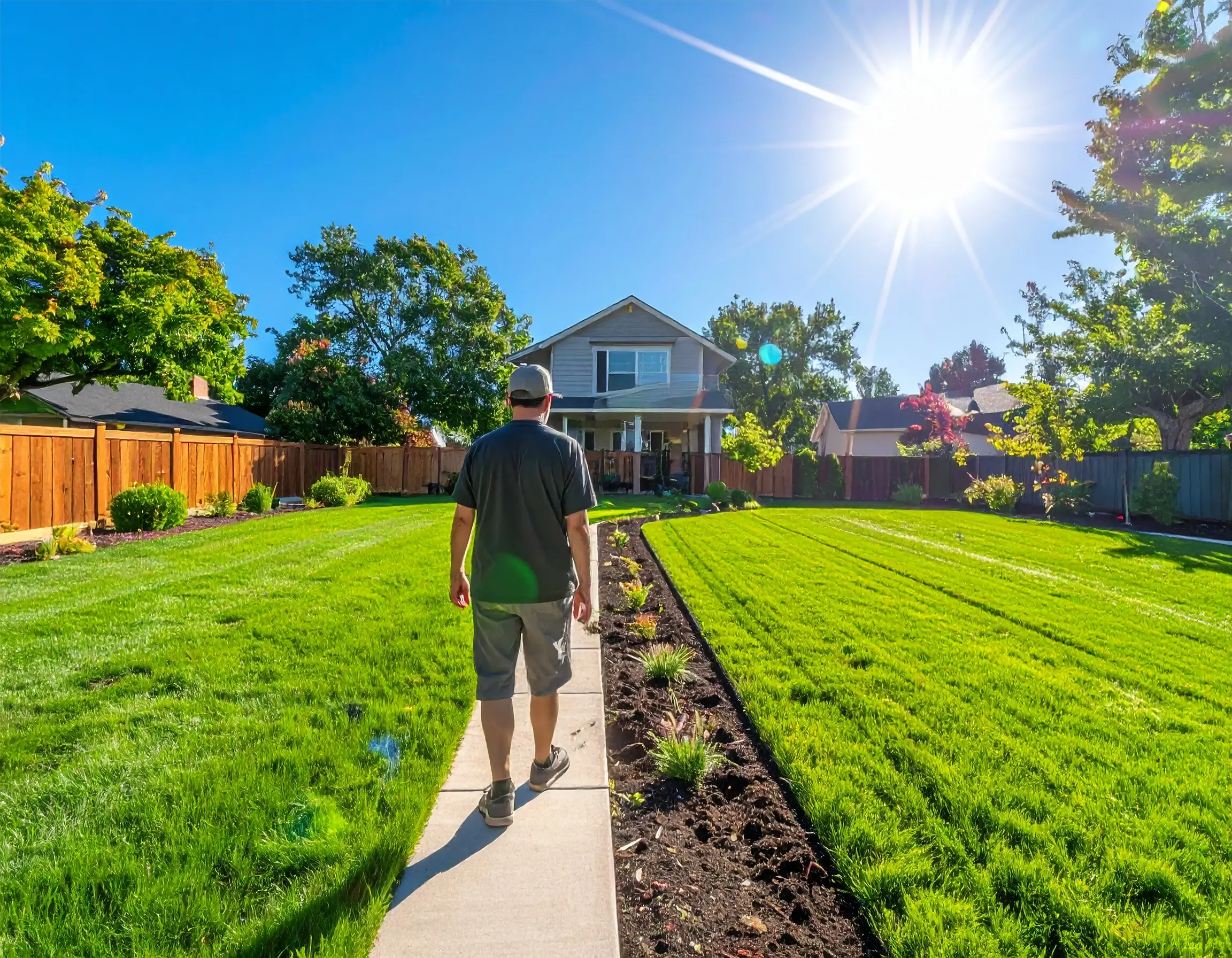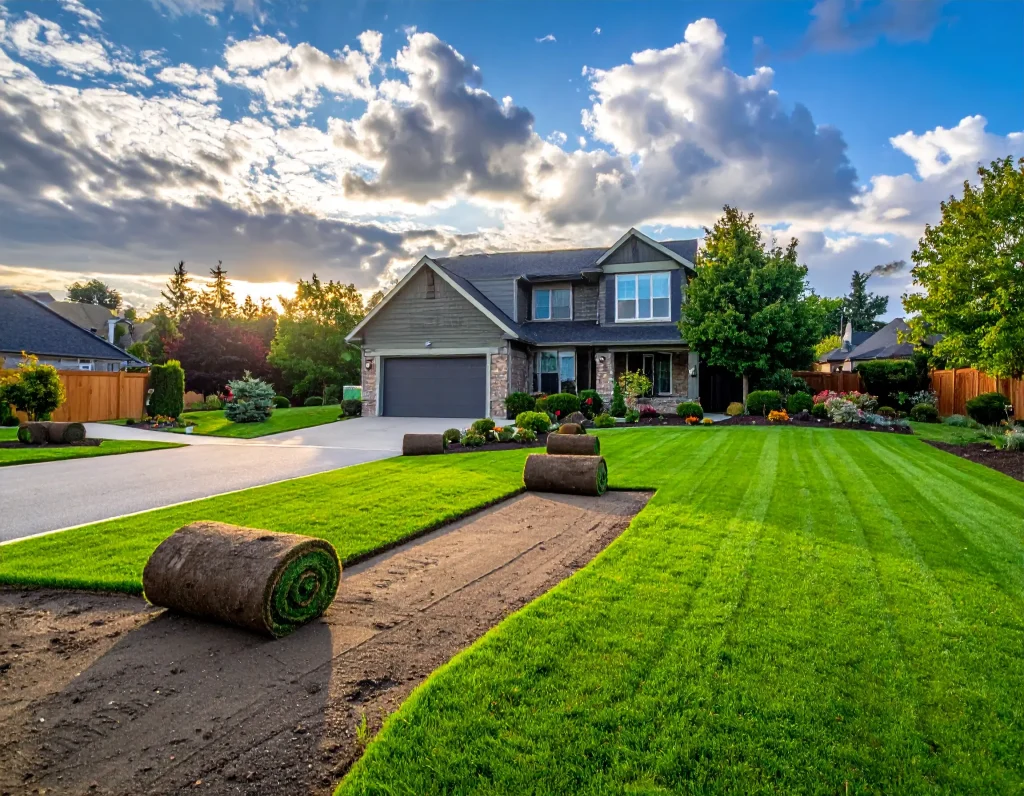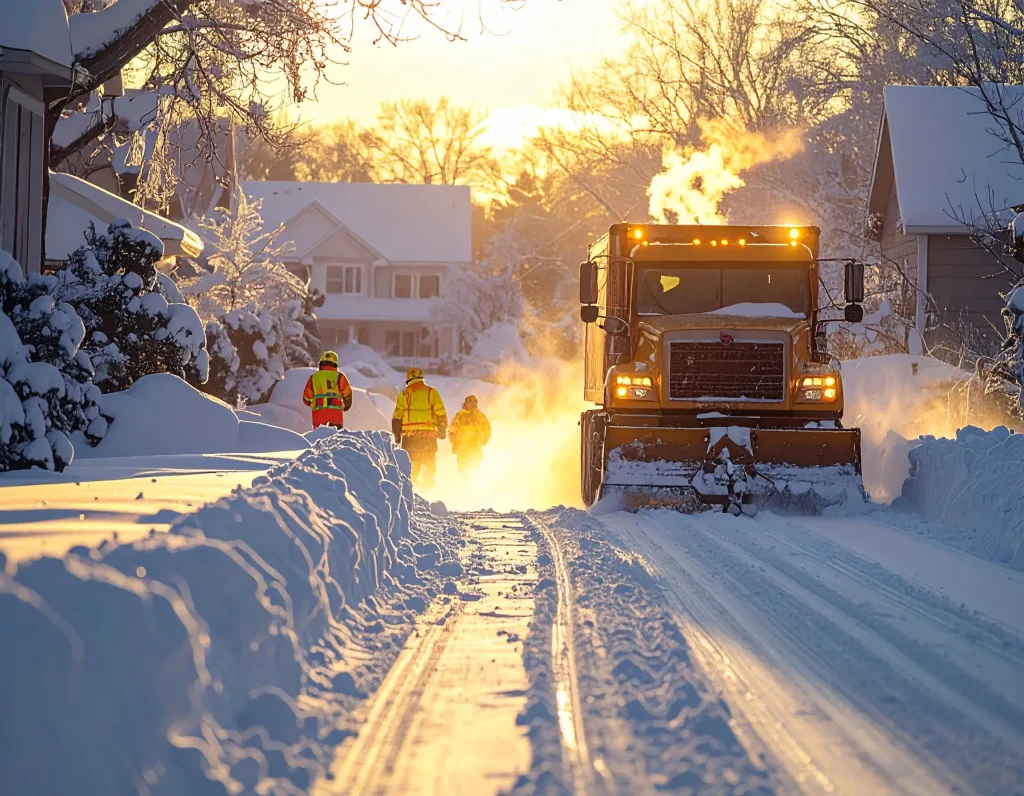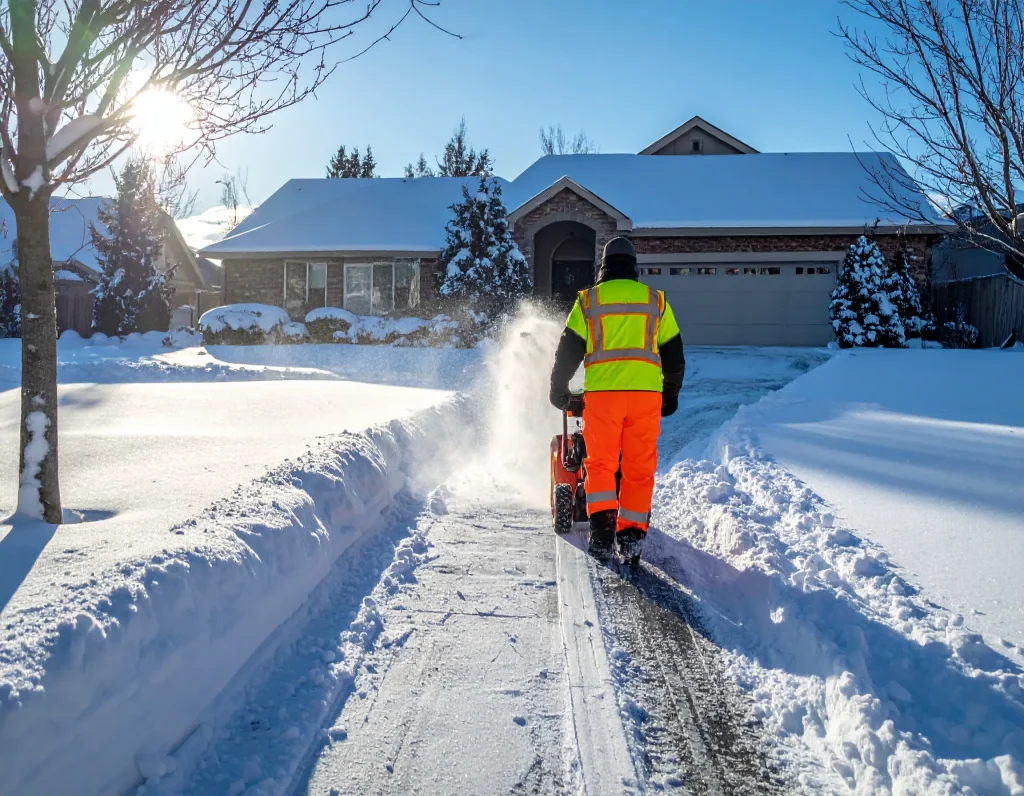A beautiful, green lawn is the pride of many Canadian homeowners. While laying sod offers an instant carpet of green, the long-term health and vibrancy of your turf depend heavily on what lies beneath. Proper ground preparation is a critical step that ensures your new sod establishes strong roots and thrives for years to come. This guide will walk you through the essential materials and steps to create the ideal foundation for your new lawn.
1. Clearing the Canvas: Site Preparation is Key
Before you can lay down the welcome mat for your new sod, you must first clear the area of any unwanted materials. This includes removing all building debris like wood and bricks, as well as natural obstructions such as stumps, large rocks, and stones. It’s also crucial to eliminate any existing grass and weeds. A broadleaf herbicide can be effective for this, but be sure to follow the product’s instructions carefully.
2. The Ground Rules: Grading and Tilling
Proper grading is essential to ensure good drainage and prevent water from pooling near your home’s foundation. The ground should be sloped gently away from any buildings. This “”rough grade”” will establish the basic contours of your lawn.
Once the rough grading is complete, the next step is to till the soil. Tilling to a depth of at least two to six inches helps to control annual weeds, alleviate soil compaction, and allow for better root penetration and water movement. This process creates a better bond between the new topsoil and the existing subsoil.
3. The Main Ingredient: High-Quality Topsoil
Perhaps the most crucial element to put down before sod is a layer of high-quality topsoil. Most turfgrasses require at least four to six inches of good topsoil to flourish. This layer provides the essential nutrients and structure for deep, healthy root growth.
When selecting topsoil, look for a blend that is rich in organic matter. Options like “”triple mix,”” which often contains a combination of topsoil, compost, and peat moss, can provide an excellent growing medium. For those needing to raise the grade of their lawn significantly, using a base of fill dirt followed by a thick layer of garden soil is a cost-effective approach.
4. Enhancing the Foundation: Soil Amendments
To give your sod the best possible start, consider incorporating soil amendments. The ideal soil for sod is a well-aerated loamy soil with good drainage and a slightly acidic pH between 6.0 and 6.5.
A soil test is a valuable tool to determine your soil’s current pH and nutrient levels. Based on the results, you may need to add:
- Compost: Adding a layer of compost and tilling it into the existing soil can enrich it with organic nutrients and improve soil structure.
- Lime: If your soil is too acidic (low pH), adding lime will help to raise it to the optimal level for grass growth.
- Sulphur or Gypsum: For alkaline soils (high pH), sulphur or gypsum can be added to lower the pH.
- Sand: In areas with heavy clay soil, incorporating sand can improve drainage.
5. The First Meal: Starter Fertilizer
Just before you lay the sod, it’s time to apply a starter fertilizer. This type of fertilizer is high in phosphorus, the nutrient that is crucial for stimulating strong root development. Rake the fertilizer into the top one to two inches of the soil to ensure it’s readily available to the new sod roots.
6. The Finishing Touches: Final Grading and Rolling
With the topsoil and amendments in place, it’s time for the finish grade. Rake the entire area to create a smooth, level surface. The final grade should be approximately three-quarters of an inch to one inch below the level of any adjacent sidewalks or driveways to accommodate the thickness of the sod. Once the finish grade is established, it’s essential to ensure proper drainage to prevent water pooling. If you’re unsure about the process or need assistance with installation, consider seeking professional sodding services in Mississauga. They can provide expertise and high-quality materials to achieve a lush, healthy lawn. Once the sod is laid, regular care is vital for its establishment and growth. Many companies offer comprehensive lawn maintenance solutions in Mississauga, which can help keep your grass healthy and vibrant throughout the seasons. These services often include mowing, fertilization, and pest control to ensure your lawn thrives year-round.
Finally, use a lawn roller to lightly firm up the soil surface. This will help to settle the soil and identify any low spots that need to be filled in before the sod is laid. The goal is to have a firm but not compacted surface.
By diligently following these steps and putting down the right materials, you will create an ideal environment for your new sod to establish itself and grow into a lush, healthy, and beautiful lawn that you can enjoy for seasons to come.












